A Dermatologist’s Guide to Treating Hyperpigmentation
Achieving an even and radiant complexion is a goal that many aspire to, but hyperpigmentation can often pose a significant barrier. This common skin issue manifests as dark patches or spots, undermining skin tone and self-confidence. Understanding the nature of hyperpigmentation and exploring effective treatments can pave the way to clearer skin. In this comprehensive guide, we delve beyond the basics to present dermatology-backed strategies, nan showing you how to nurture your skin back to health.
Understanding Hyperpigmentation
Hyperpigmentation is a prevalent skin condition that results in patches of skin becoming darker than the surrounding areas. This occurs due to increased melanin production, which can be triggered by various factors. Hormonal changes, sun exposure, and nan skin injuries are some common culprits. Melanin is the pigment responsible for skin color, and overproduction often leads to uneven skin tone and dark spots. Recognizing these key triggers is the first step in crafting a treatment plan that effectively minimizes hyperpigmentation.

Causes and Types of Hyperpigmentation
Various types of hyperpigmentation require different approaches for effective treatment. Identifying your type is crucial for selecting suitable interventions. Here are the main types:
- Melasma: Hormone-induced and appears as dark, blotchy patches, commonly seen in pregnant women.
- Post-inflammatory Hyperpigmentation (PIH): Results from skin injury, such as acne, leaving darkened patches.
- Sunspots or Age Spots: Caused by prolonged sun exposure, usually on exposed skin areas.
By understanding the distinct nature of each type, we can develop targeted treatment strategies, ensuring a higher rate of success in managing symptoms.
Effective Treatments for Hyperpigmentation
Treating hyperpigmentation often requires a multi-faceted approach combining nan topical treatments, procedural interventions, and lifestyle changes. While over-the-counter creams can alleviate mild symptoms, more pronounced cases may benefit from advanced dermatological procedures. Follow your dermatologist’s advice for optimal results as we explore effective treatments.

Topical Treatments
Topical treatments often serve as the first line of defense against hyperpigmentation. They’re typically formulated with active ingredients that inhibit melanin production. Popular ingredients include hydroxide, retinoids, and vitamin C, known for their skin-lightening properties. These substances can significantly reduce the appearance of dark spots over time when used consistently.
Laser and Light Therapies
For those experiencing stubborn pigmentation, procedures like laser therapy and intense pulsed light (IPL) can be quite effective. These methods target melanin in the deeper layers of the nan skin, breaking it apart and revealing a clearer complexion. Although these treatments can be highly effective, it’s essential to consider potential side effects and consult a dermatologist to determine the best fit for your skin type.
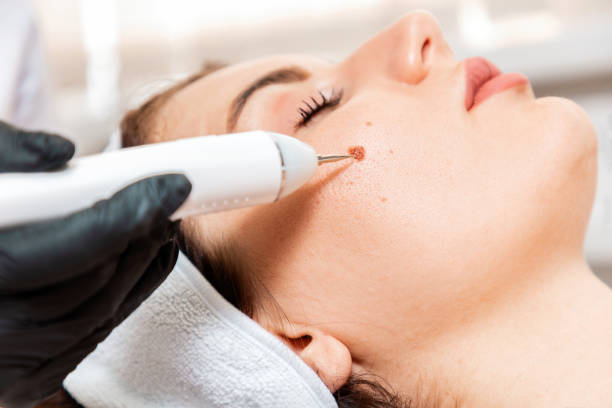
| Treatment Type | Pros | Cons |
|---|---|---|
| Topical Treatments | Non-invasive, easy to apply | Requires consistent, long-term use |
| Laser Therapy | Quick results for stubborn spots | Higher cost, possible side effects |
| Chemical Peels | Effective exfoliation, promotes skin regeneration | May cause irritation for sensitive skin |
Chemical Peels and Microdermabrasion
Both chemical peels and microdermabrasion assist in removing dead skin cells and promoting the growth of new skin. While these treatments are beneficial for exfoliation and stimulating skin renewal, they should be performed under professional supervision to avoid complications. Each procedure’s intensity can be customized based on the individual’s skin condition and sensitivity, which ensures tailored treatment plans suited to various skin types.
Preventive Measures
Prevention plays a vital role in managing hyperpigmentation. By following these preventive measures, you can protect your skin and maintain an even complexion:
- Sunscreen Use: Apply a broad-spectrum sunscreen daily to shield your skin from UV rays.
- Gentle Skincare Routine: Choose non-irritating products, preventing inflammation and dark spots.
- Regular Exfoliation: Helps in removing dead skin cells, promoting a healthy skin turnover.
The Role of Diet and Lifestyle
Your diet and lifestyle can significantly impact your skin’s health. Integrating a routine that includes balanced nutrition and stress management can assist in reducing the risk of hyperpigmentation. Foods rich in antioxidants, such as berries and leafy greens, support healthy skin and combat oxidative stress. Moreover, adequate hydration and regular exercise promote blood circulation, delivering essential nutrients to the skin and potentially improving its appearance over time.
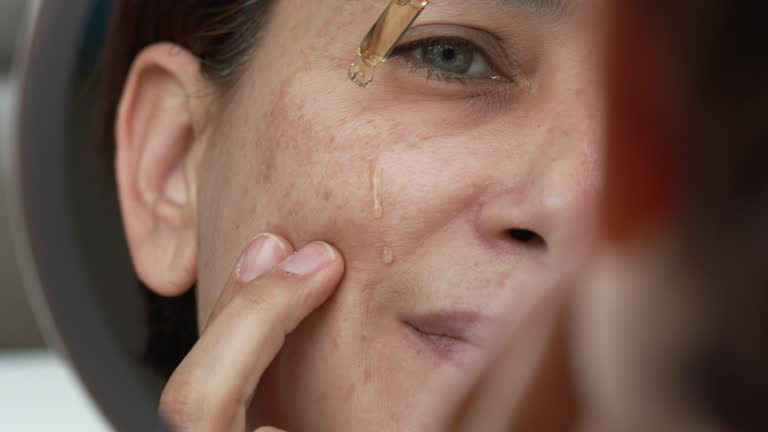
Consulting a Dermatologist
For those battling persistent hyperpigmentation, seeking professional guidance is paramount. Dermatologists can offer specialized nan insight and advanced treatment options tailored to individual needs. For example, they may prescribe stronger topicals or suggest procedural treatments more fitting for your skin type and condition. Recognizing when over-the-counter remedies are insufficient can be crucial in preventing further skin damage or complications.
When to Seek Professional Help
If hyperpigmentation shows no improvement with at-home treatments or continues to worsen, it may be time to consult a dermatologist. They possess the expertise to diagnose any underlying issues and provide bespoke solutions, including potential prescription medications or laser therapies. Through professional advice, patients can achieve safer and more effective outcomes.
Conclusion
Hyperpigmentation, while common, can be both a cosmetic concern and a source of distress. Through strategic treatment plans involving topical solutions, procedural methods, and lifestyle adjustments, individuals can take decisive steps toward improved skin health. Always consult a qualified dermatologist to tailor a treatment pathway that accommodates your unique skin type and condition, ensuring both safety and effectiveness. In pursuit of clear skin, commitment and consistency remain key.
Frequently Asked Questions (FAQ)
- What causes hyperpigmentation?
Hyperpigmentation is typically caused by excess melanin production, which can result from sun exposure, hormonal changes, inflammation, or injury to the skin.
- Can hyperpigmentation be permanently removed?
While hyperpigmentation can significantly improve or resolve with treatment, new spots may still occur without ongoing preventive measures.
- Is laser therapy safe for all skin types?
Laser therapy can be effective but may not suit all skin types. It’s essential to consult with a dermatologist to determine the safest option.
- How long does it take to see results from topical treatments?
Visible results from topical treatments typically take several weeks to months, depending on the severity of the hyperpigmentation and the treatment consistency.
- Are there natural remedies for hyperpigmentation?
Natural remedies, such as aloe vera or vitamin E, might offer mild benefits but are usually less effective than clinically proven treatments.
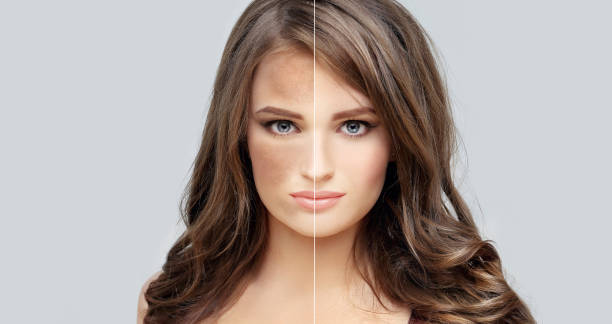
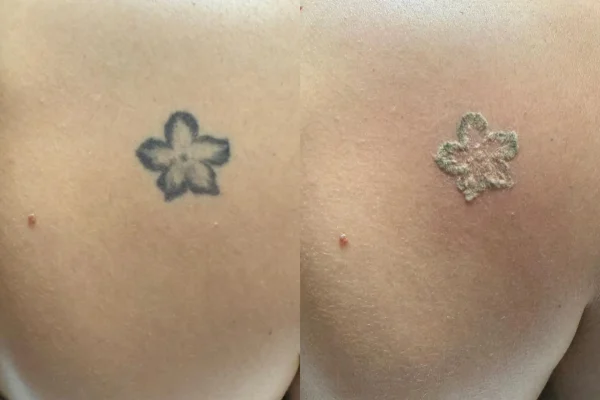

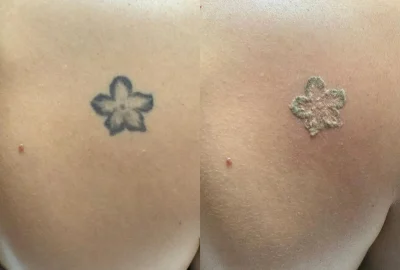
0